Period: Beginning of the 20th century.
Measures: H: 34 x W: 38 x L: 13cm
It represents a galloping horse neighing and galloping head erect with its tail raised. Three of its legs are moving in the air, and the hoof of its right hind leg rests on a flying swallow that looks back in dread to show that the horse's speed can exceed that of the swallow.
That a static sculpture can express such power and dynamics is a good illustration of the excellence achieved by artists under the Han dynasty.
The ancient Chinese craftsmen liked to combine realism and romanticism. Here they ingeniously integrated the galloping horse and the swallow to demonstrate their imaginations rich in traditional concepts and their skill.
The romantic image of the swallow triggers the power and strength of the horse. Judging by the sculpture's precise balance, the center of gravity must have been rigorously calculated and reflects the level of artistic perfection and ingenuity achieved by sculptors of that time.
Analyzes indicate that it is on the swallow, which gives the statuette its stability.
Some experts also say that this horse statue was used as a model to find the perfect mount.
Horses, often idealized and stylized, are depicted with erect ears, concave muzzle and protruding eyes.
They carry their heads held high and their exposed teeth are most often clearly visible.
The flying horse is a famous cultural relic of the Eastern Han Dynasty of China and is a gem of sculptural art from ancient China. This sculpture is now the symbol of tourism in China. It was discovered in Leita's tomb in Gansu Province in western China.



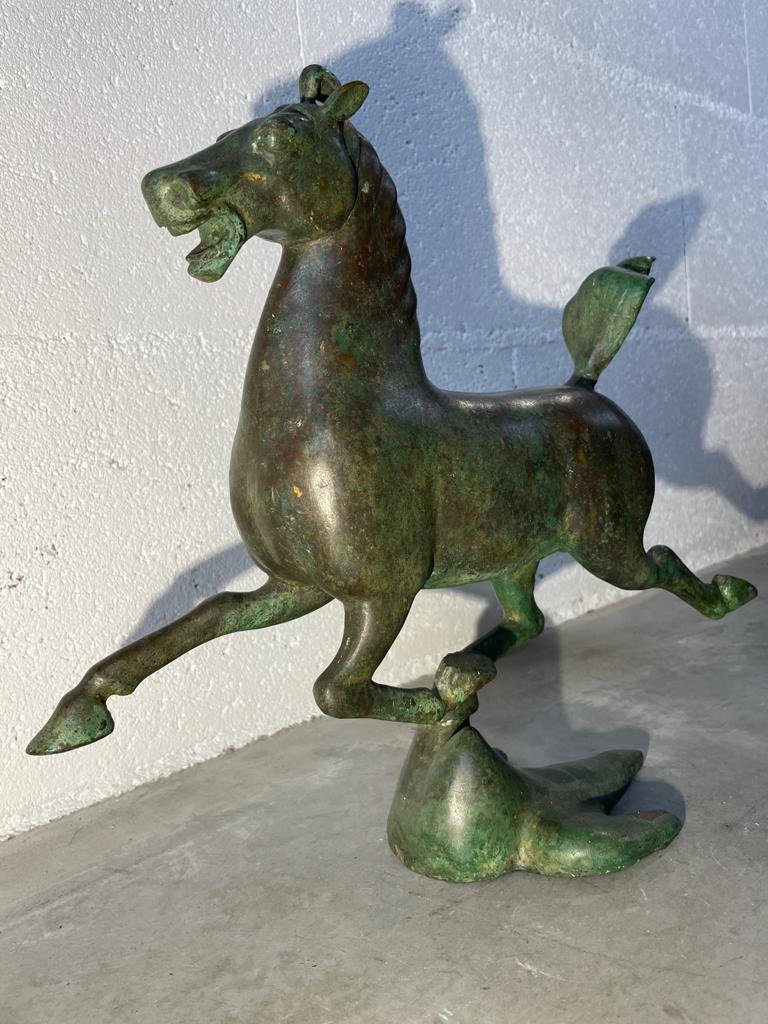
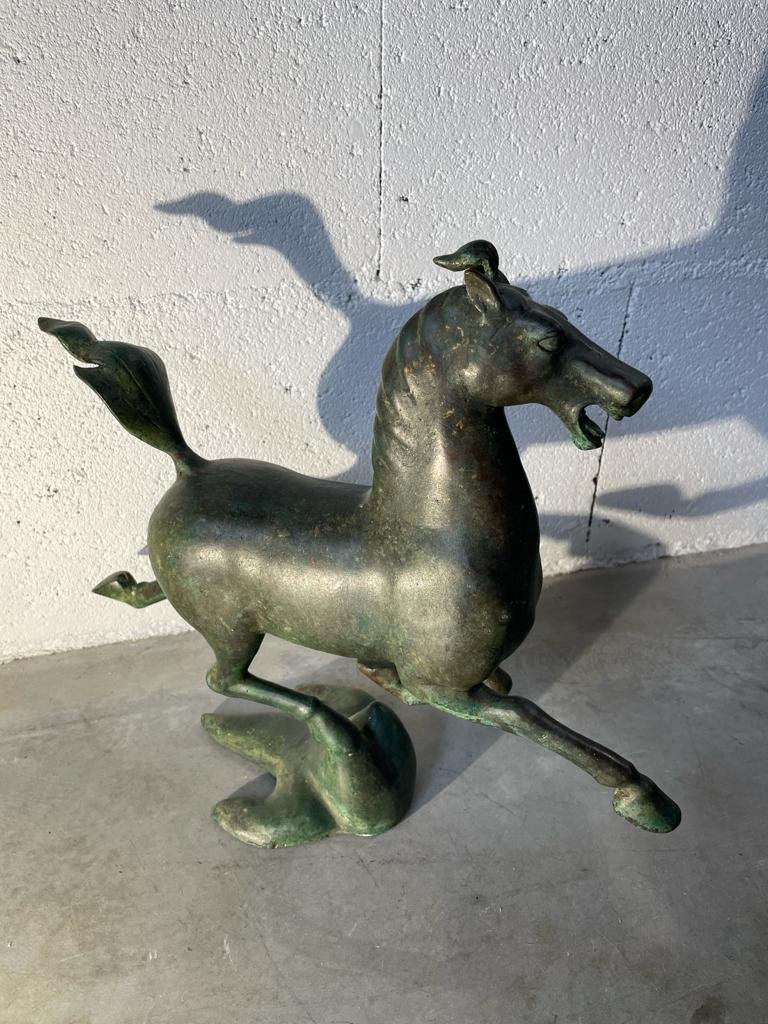

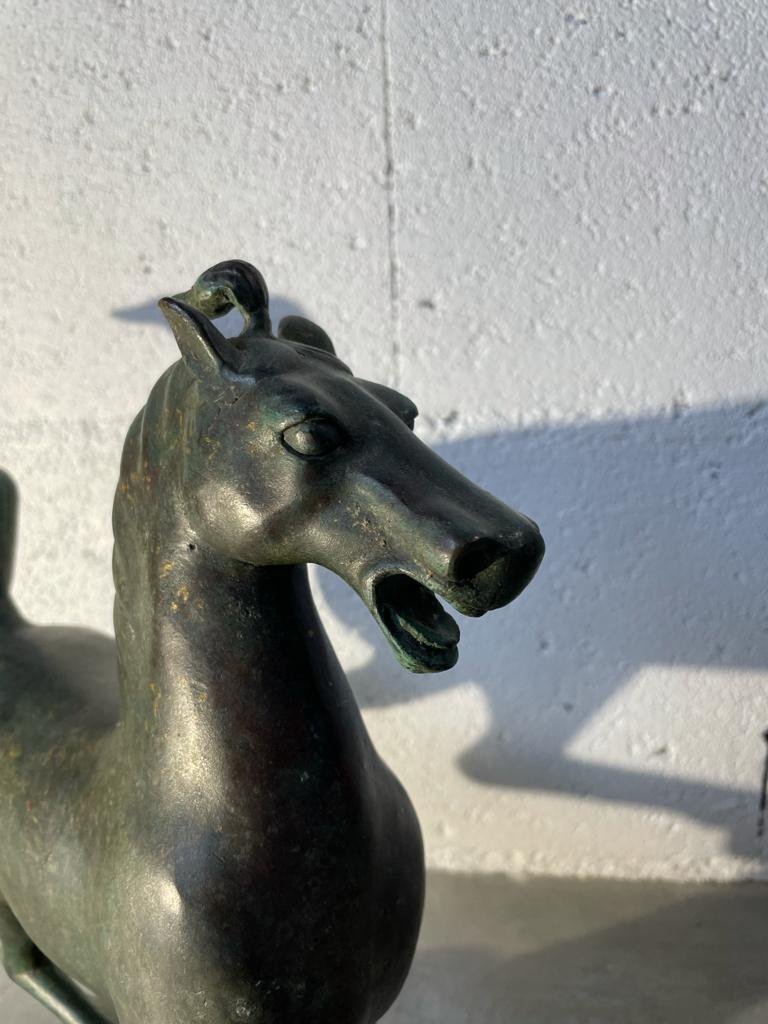
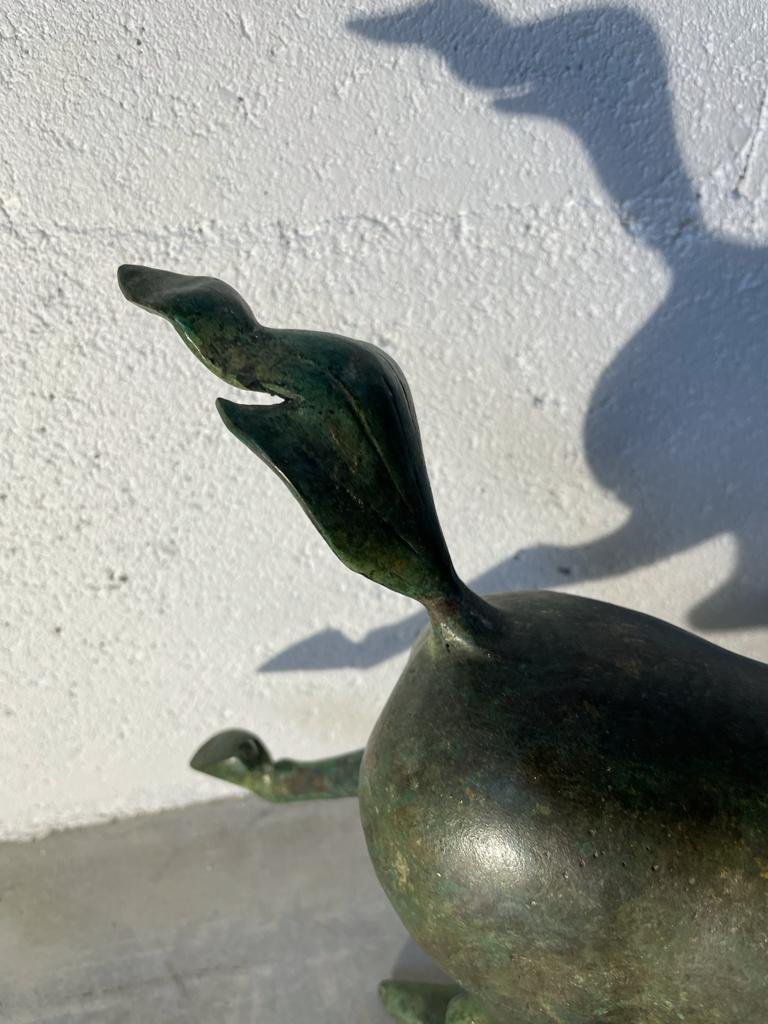

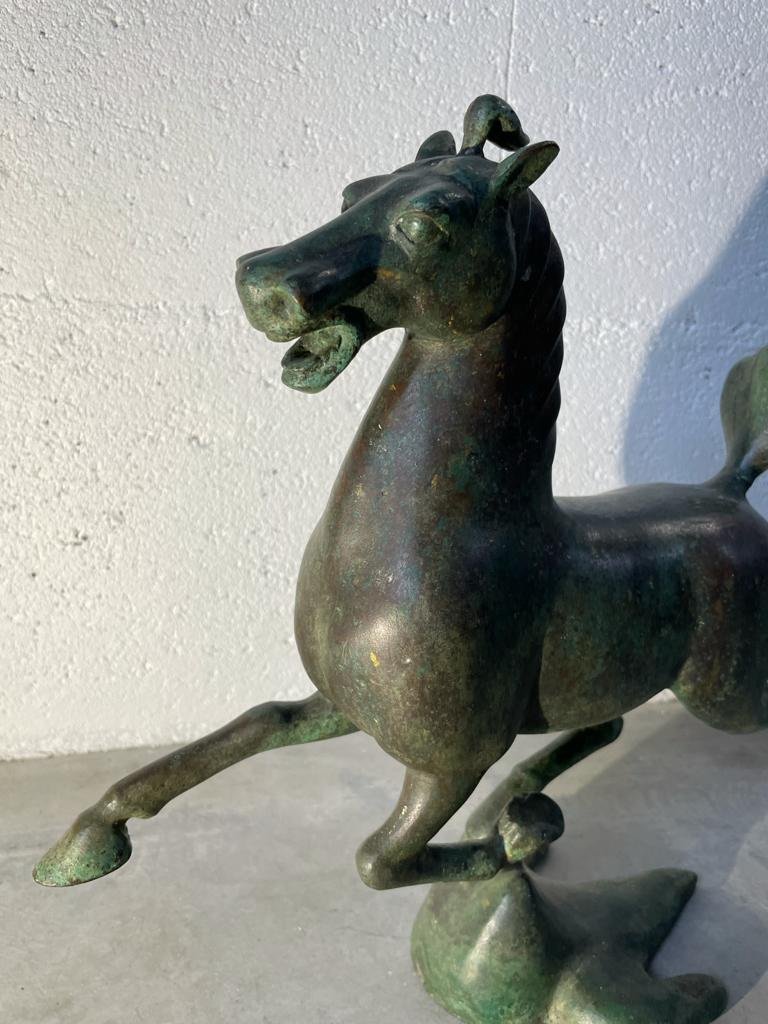
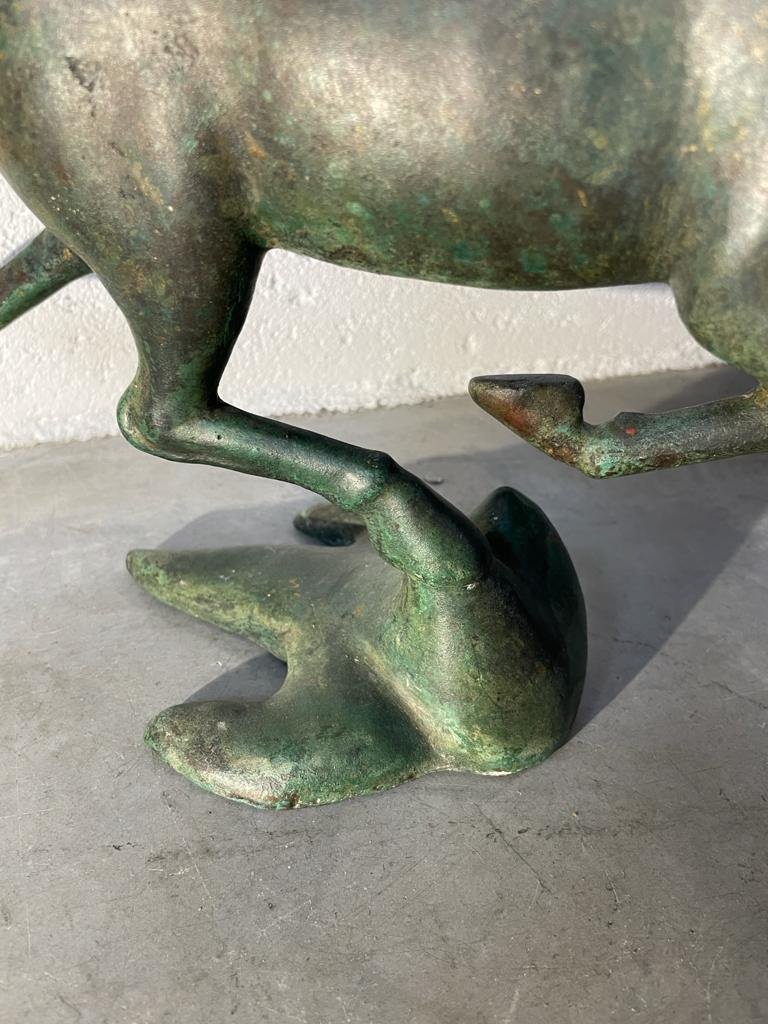
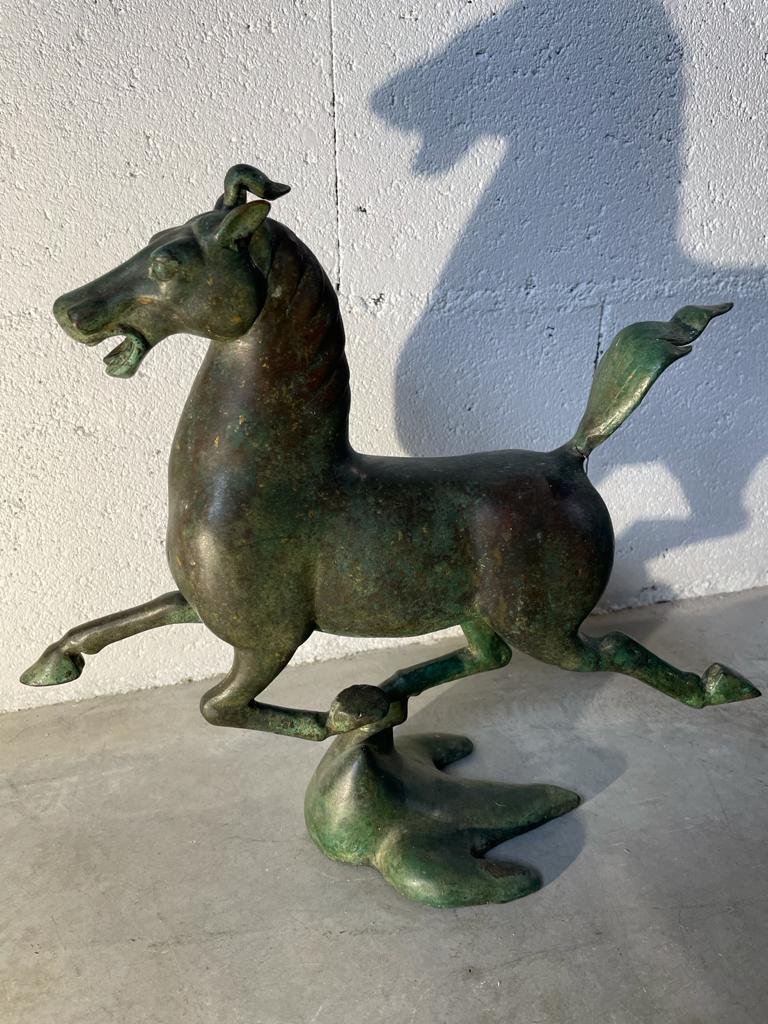
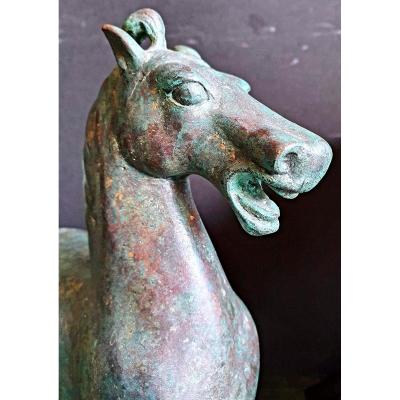


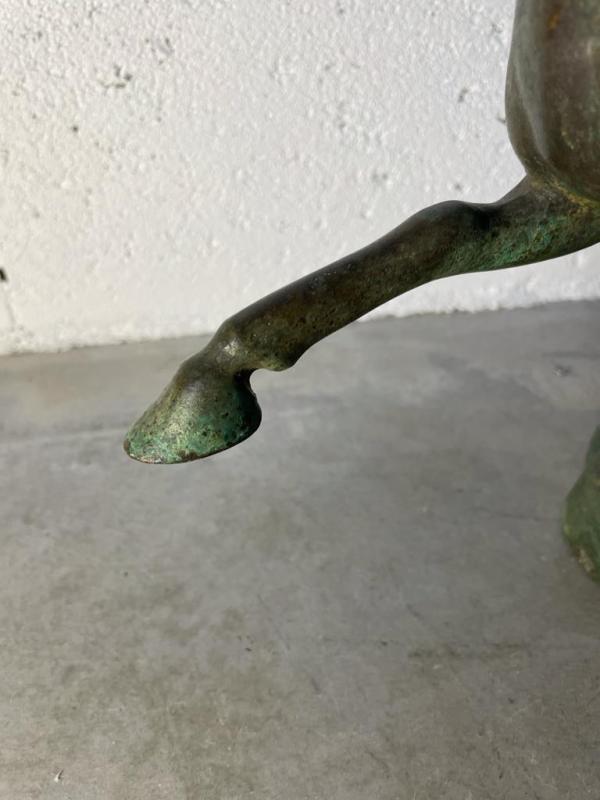


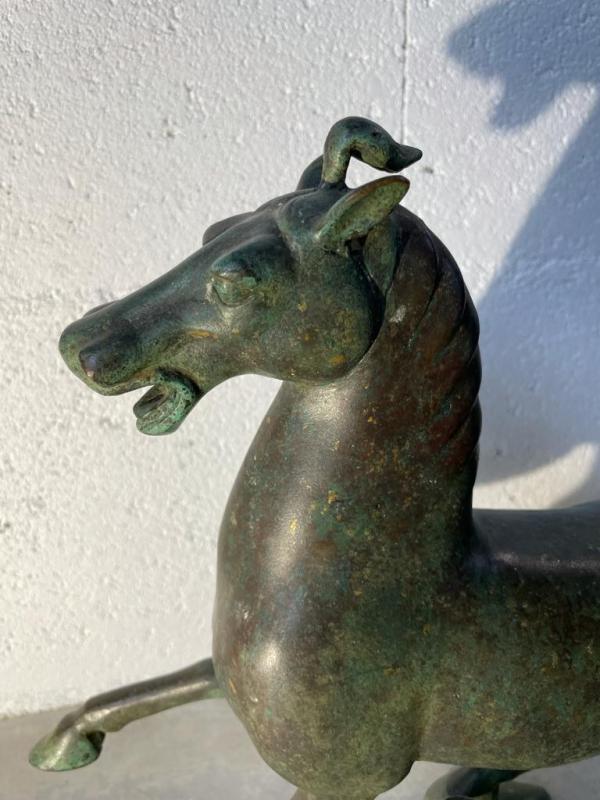




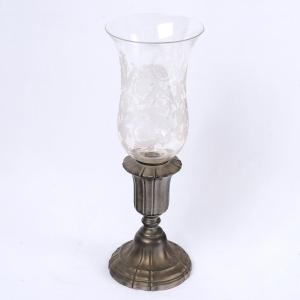

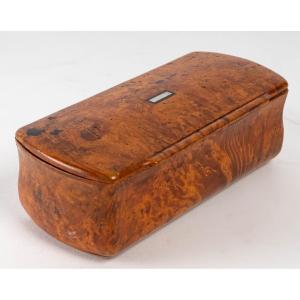

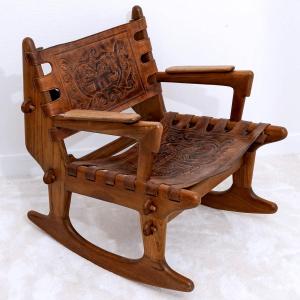
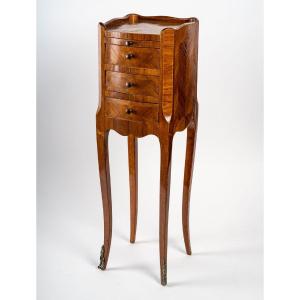

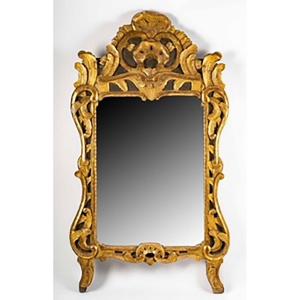

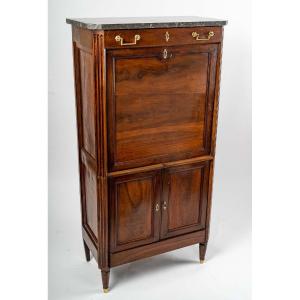
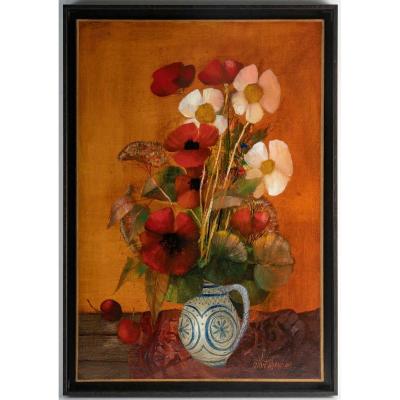
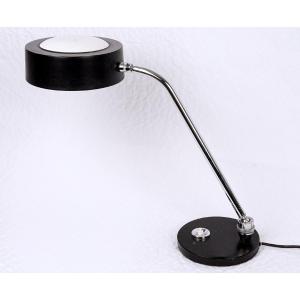

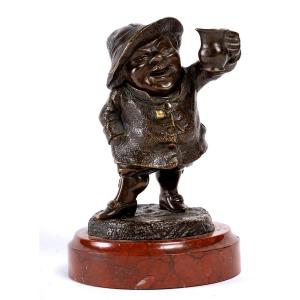









 Le Magazine de PROANTIC
Le Magazine de PROANTIC TRÉSORS Magazine
TRÉSORS Magazine Rivista Artiquariato
Rivista Artiquariato